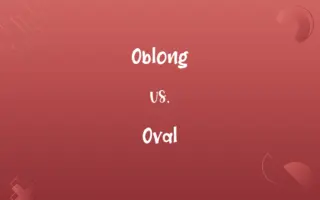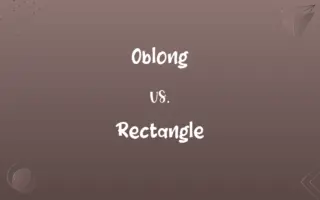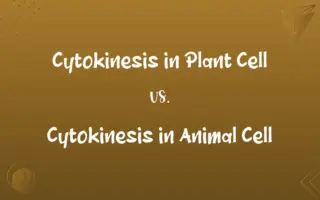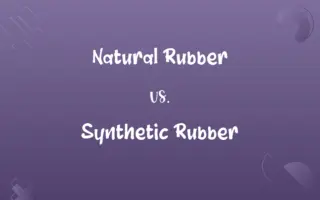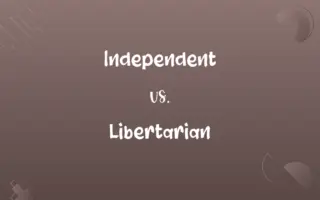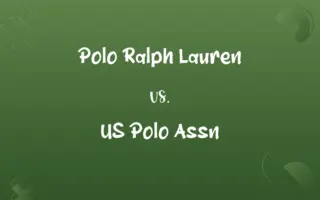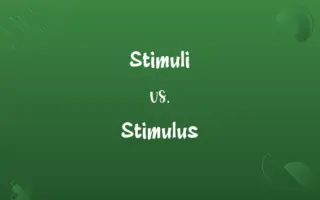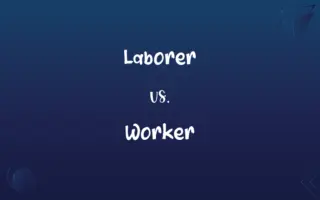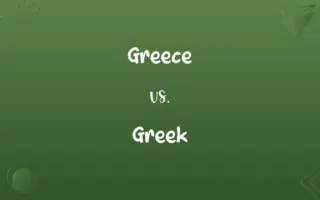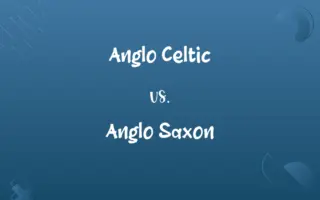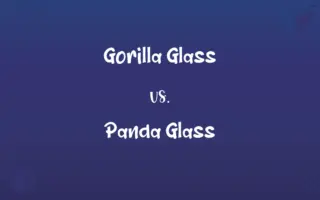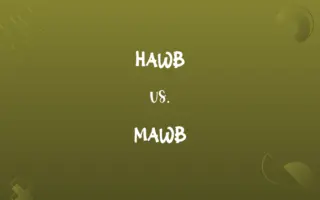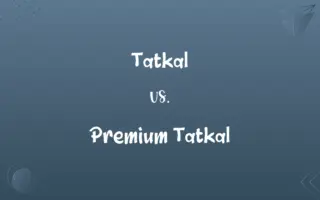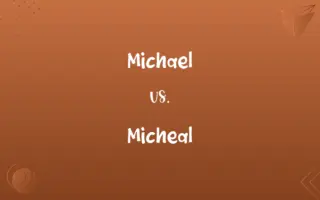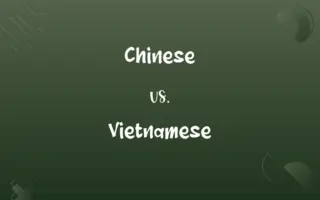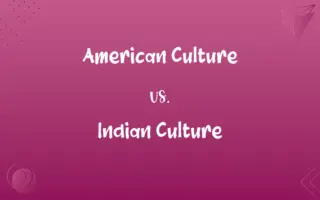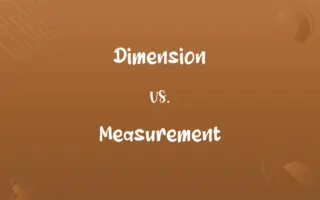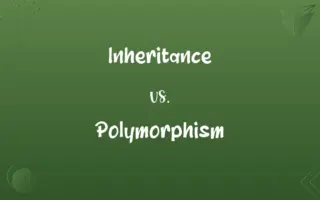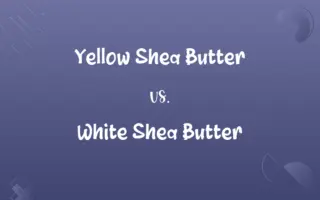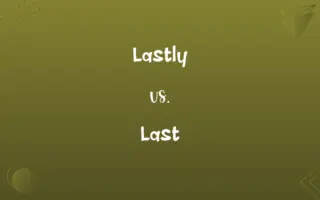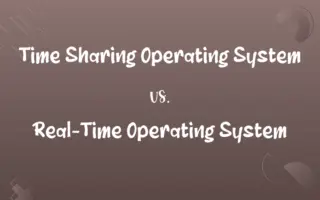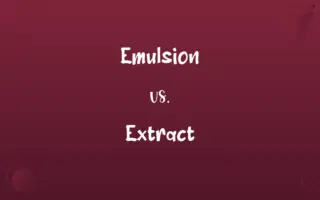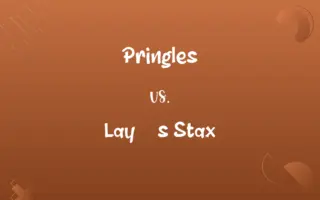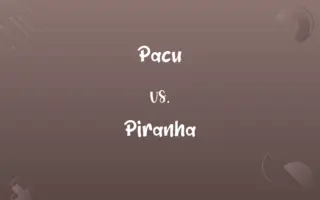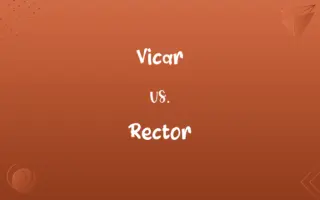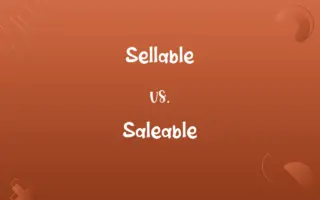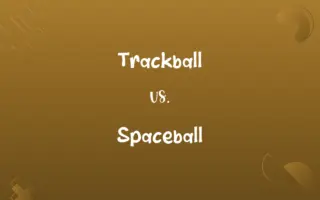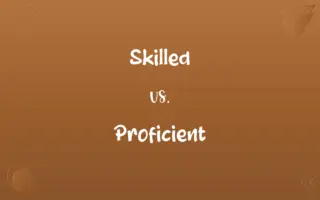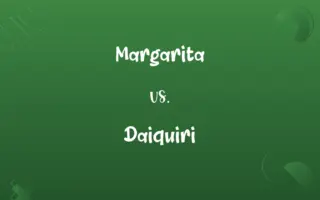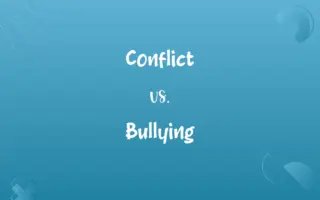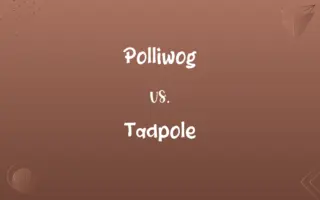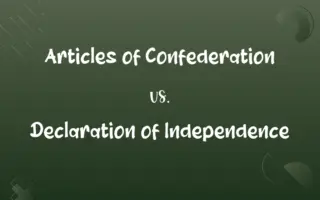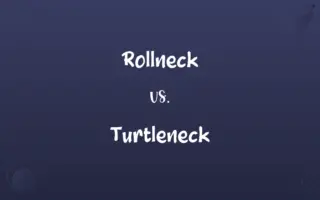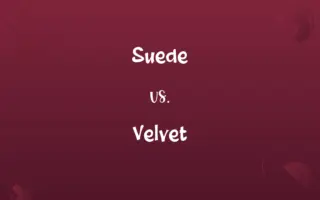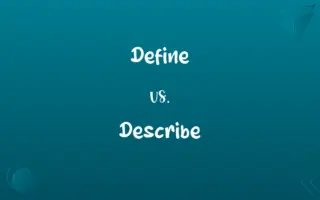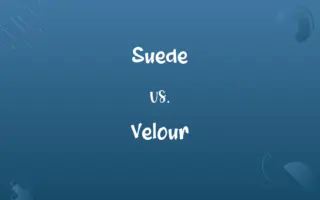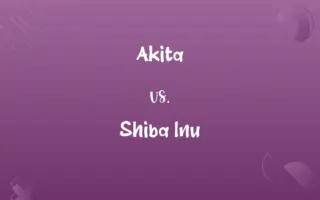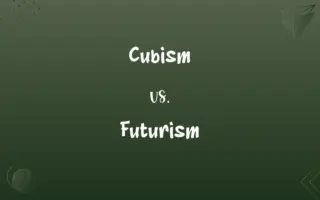JPEG vs. TIFF: Know the Difference

By Shumaila Saeed || Published on February 23, 2024
JPEG is a compressed, lossy format for digital images, widely used for photographs. TIFF is a versatile, lossless format, often used for storing high-quality graphics.
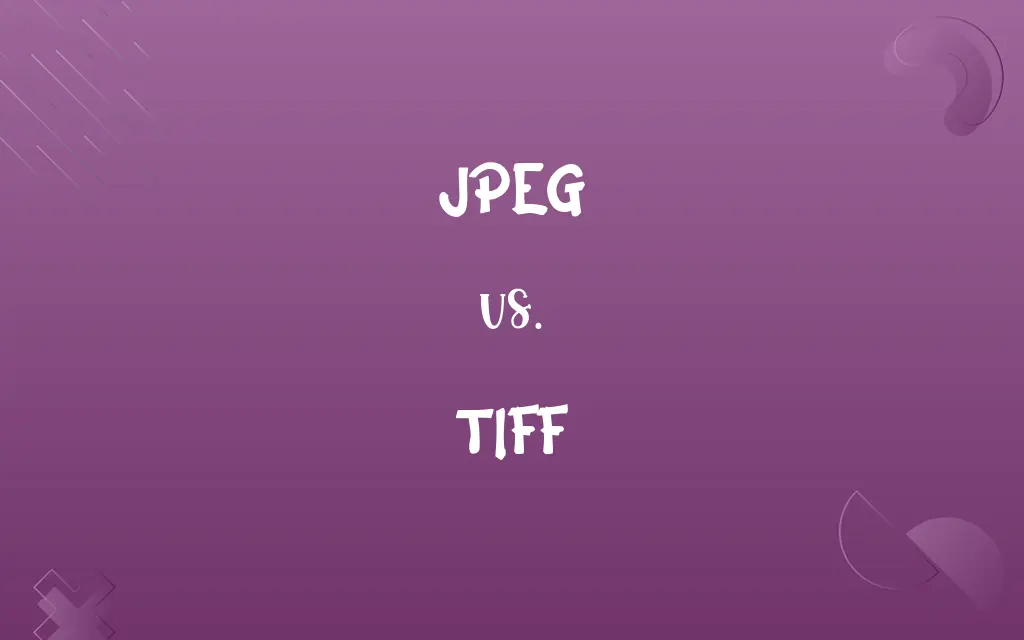
Key Differences
JPEG, standing for Joint Photographic Experts Group, is a commonly used method of lossy compression for digital images, especially for those images produced by digital photography. TIFF, which stands for Tagged Image File Format, is a flexible bitmap image format supported by numerous image manipulation applications. Both formats are used for storing images, but JPEG is more favored for web use due to its smaller file size, while TIFF is used in professional environments where quality is prioritized over file size.
Shumaila Saeed
Feb 23, 2024
The primary difference between JPEG and TIFF formats lies in their approach to compression and quality. JPEG images use lossy compression, which significantly reduces file size by permanently removing certain information, especially in areas where the loss is less noticeable. TIFF, on the other hand, often uses lossless compression, preserving all image data but resulting in larger file sizes. While JPEG is ideal for conserving space and faster loading times, TIFF is preferred for its ability to maintain the highest image quality.
Shumaila Saeed
Feb 23, 2024
When discussing image editing and multiple generations of saved files, JPEG and TIFF show a clear distinction. Every time a JPEG is saved after editing, it undergoes re-compression, leading to a decrease in image quality over time. TIFF files, however, can be saved and edited multiple times without quality degradation, thanks to their lossless nature. This makes TIFF a more suitable choice for photographers and graphic designers who require high fidelity and frequent editing.
Shumaila Saeed
Feb 23, 2024
In terms of color depth and support for different color spaces, JPEG and TIFF differ significantly. JPEG typically supports 8-bit color depth which amounts to 16.7 million colors - sufficient for most practical purposes. TIFF, however, can support up to 16-bit color depth, offering a much broader color range and finer gradations. This makes TIFF files more suitable for detailed graphic work, professional photography, and printing.
Shumaila Saeed
Feb 23, 2024
Lastly, regarding versatility and additional features, TIFF stands out from JPEG. TIFF files can include multiple layers and pages within a single file, making them highly versatile for complex graphic projects. JPEGs, being primarily for photographs, do not support these features. This flexibility of TIFF makes it a preferred format in industries where complex image files are a necessity, such as in publishing and medical imaging.
Shumaila Saeed
Feb 23, 2024
ADVERTISEMENT
Comparison Chart
Compression
Uses lossy compression, reducing file size significantly.
Often uses lossless compression, preserving image quality.
Shumaila Saeed
Feb 23, 2024
File Size
Generally smaller, suitable for web and digital use.
Larger due to high-quality storage.
Shumaila Saeed
Feb 23, 2024
Image Quality
Good for practical use but loses quality with editing.
Excellent, maintains quality even after multiple edits.
Shumaila Saeed
Feb 23, 2024
Color Depth
Supports up to 8-bit color (16.7 million colors).
Can support up to 16-bit color for more depth.
Shumaila Saeed
Feb 23, 2024
Usage
Popular for web graphics, digital photography.
Preferred in professional graphics, publishing, printing.
Shumaila Saeed
Feb 23, 2024
ADVERTISEMENT
Flexibility
Less flexible, mainly for photographs.
Highly flexible, supports layers and multiple pages.
Shumaila Saeed
Feb 23, 2024
Edit-Friendliness
Degrades with repeated editing.
Maintains integrity through multiple edits.
Shumaila Saeed
Feb 23, 2024
JPEG and TIFF Definitions
JPEG
A format that balances quality and file size.
JPEG is perfect for storing lots of pictures on your phone.
Shumaila Saeed
Jan 25, 2024
TIFF
Preferred format for professional photography and publishing.
We need the images in TIFF format for the magazine layout.
Shumaila Saeed
Jan 25, 2024
JPEG
A format that loses some data each time it's edited and saved.
Avoid repeatedly editing a JPEG to prevent quality loss.
Shumaila Saeed
Jan 25, 2024
ADVERTISEMENT
TIFF
Supports detailed, high-resolution images.
TIFF is ideal for storing my digital art without losing any detail.
Shumaila Saeed
Jan 25, 2024
JPEG
A digital image format with efficient compression.
I saved the photo as a JPEG to make it easier to email.
Shumaila Saeed
Jan 25, 2024
TIFF
A high-quality, lossless image format.
For the best print quality, use a TIFF file.
Shumaila Saeed
Jan 25, 2024
JPEG
Widely used format for web graphics due to small size.
For faster webpage loading, use JPEG images.
Shumaila Saeed
Jan 25, 2024
TIFF
Capable of storing multiple layers and pages.
The TIFF file contained all the different layers of the design.
Shumaila Saeed
Jan 25, 2024
JPEG
Standard format for compressing photographs.
Most cameras store images in JPEG format by default.
Shumaila Saeed
Jan 25, 2024
TIFF
A versatile format used in varied professional fields.
Architects often use TIFF for detailed building plans.
Shumaila Saeed
Jan 25, 2024
JPEG
A standardized format for storing graphic data in binary computer files, allowing over 16 million different colors. It allows for lossy compression, i. e. the compression of data into a form which re-expands into an image close, but not identical to the original image. Files stored in this format usually carry the extension jpg or jpeg. Compare GIF.
Shumaila Saeed
Jan 24, 2024
Repeatedly Asked Queries
Can JPEG handle transparent backgrounds?
No, JPEG format does not support transparency.
Shumaila Saeed
Feb 23, 2024
Why do JPEG images lose quality over time?
JPEG images lose quality due to lossy compression each time they're edited and saved.
Shumaila Saeed
Feb 23, 2024
Is JPEG suitable for professional printing?
JPEG is less ideal for professional printing due to its compression.
Shumaila Saeed
Feb 23, 2024
Are JPEG files smaller than TIFF?
Yes, JPEG files are generally smaller than TIFF due to compression.
Shumaila Saeed
Feb 23, 2024
Does TIFF format work well for archival purposes?
Yes, TIFF is excellent for archival due to its high quality and durability.
Shumaila Saeed
Feb 23, 2024
What does JPEG stand for?
JPEG stands for Joint Photographic Experts Group.
Shumaila Saeed
Feb 23, 2024
Why are TIFF files preferred in professional settings?
TIFF files are preferred for their high quality and lossless nature.
Shumaila Saeed
Feb 23, 2024
Can TIFF files contain layers?
Yes, TIFF files can contain multiple layers and pages.
Shumaila Saeed
Feb 23, 2024
Is TIFF a good choice for web graphics?
TIFF is less common for web due to its larger file size.
Shumaila Saeed
Feb 23, 2024
Can JPEG handle high-resolution images well?
JPEG can handle high-res images, but not as well as TIFF in terms of quality.
Shumaila Saeed
Feb 23, 2024
Is JPEG good for detailed graphic work?
JPEG is not the best for detailed work due to its lossy nature.
Shumaila Saeed
Feb 23, 2024
Is TIFF suitable for casual photography?
TIFF can be used but is often overkill for casual photography due to file size.
Shumaila Saeed
Feb 23, 2024
Do JPEG files support high color depth?
JPEG supports up to 8-bit color depth, which is generally sufficient for digital use.
Shumaila Saeed
Feb 23, 2024
Why is TIFF not commonly used for websites?
TIFF files are larger and slower to load, making them less ideal for websites.
Shumaila Saeed
Feb 23, 2024
Can TIFF format be compressed?
Yes, TIFF can be compressed, but it's often lossless to maintain quality.
Shumaila Saeed
Feb 23, 2024
Is JPEG widely used in digital cameras?
Yes, JPEG is a common format in digital cameras for its efficiency.
Shumaila Saeed
Feb 23, 2024
Can TIFF images be used in medical imaging?
Yes, TIFF is often used in medical imaging for its detail and accuracy.
Shumaila Saeed
Feb 23, 2024
Are TIFF images better for editing?
Yes, TIFF is better for editing as it doesn't lose quality.
Shumaila Saeed
Feb 23, 2024
Share this page
Link for your blog / website
HTML
Link to share via messenger
About Author
Written by
Shumaila SaeedShumaila Saeed, an expert content creator with 6 years of experience, specializes in distilling complex topics into easily digestible comparisons, shining a light on the nuances that both inform and educate readers with clarity and accuracy.




